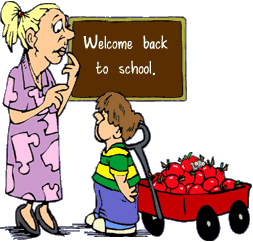
Multicultural Curriculum
American schools have usually shared the same ways of teaching our culture, history, and traditions, but lately according to Ryan Cooper author of Those Who Can, Teach there has been “Questions raised about whether schools today provide a shared understanding of our culture, history and traditions.” (Cooper) This can either be a good thing or a bad thing. If schools keep the same understanding of our culture, history, and traditions then all the schools have the same standards no matter where the student decides to go to school. On the other hand this might be a main problem of why students of minorities are not succeeding in school because they feel that the curricula does not apply to them because there background is not talked about so it must not be important therefore they are less interested to learn.
In the article “Developing a Multicultural Curriculum” by Carolyn Brush and Judie Haynes found at the web address http://www.everythingesl.net/inservices/multicultural_curr.php talks about a certain program called “Around the World” that is a multicultural curriculum. (Brush, Haynes) This program helped expand the 2nd grade subject social studies and the curriculum of communities and continents that involved world communities and people. (Brush, Haynes) This program is also being brought into other subject such as math, science and language arts. This program is a start to not only teach the standard curriculum but help the kids of other cultures and minorities be more interested because its involving the teaching of their background also. The teachers of this program change the curriculum each year, such as one year they will do the different music all cultures listen to and the next year they will do holidays. (Brush, Haynes) It seems only good can come out of this program, simply because parents can get involved and show the other students in the class their culture and their other classmates culture and this helps them respect and understand their classmates better. This also helps the students like the article mentions develop pride in their culture because they realize that it is just as important as the main culture.




